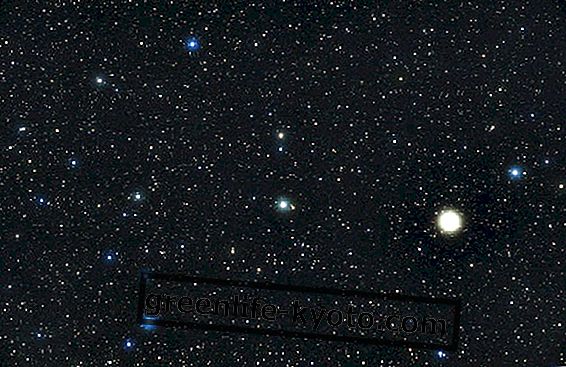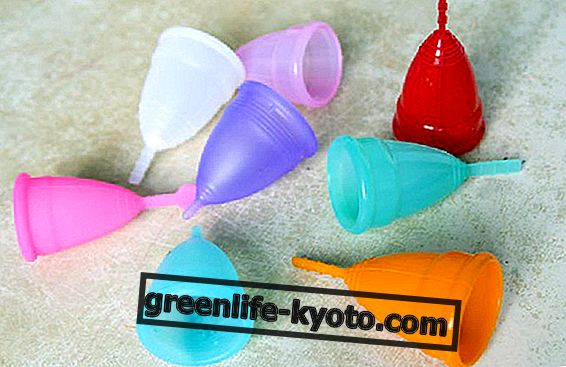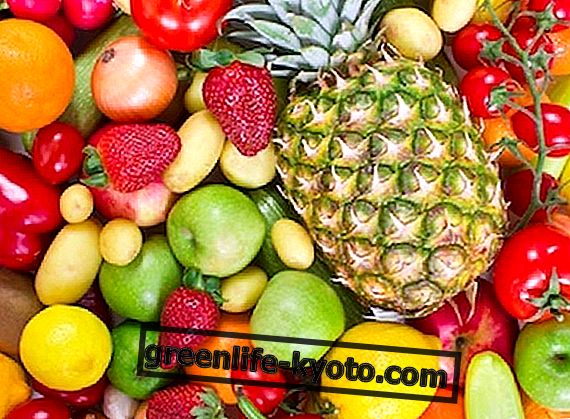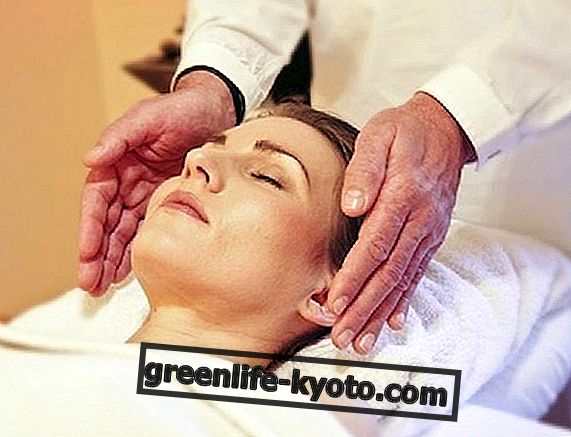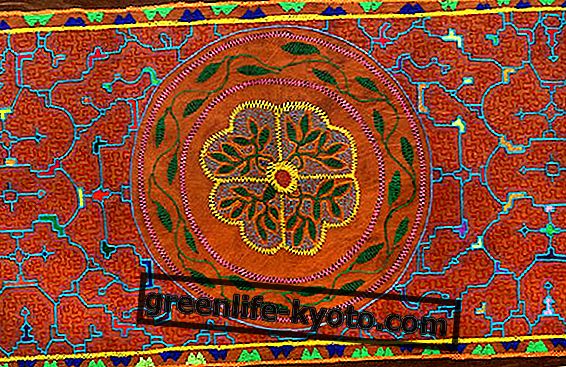Nettle ( Urtica dioica ) is a plant of the Urticaceae family . Rich in folic acid and iron, it is used in cases of anemia, arthritis, cystitis and diarrhea. Let's find out better.
>
>
>
>

Properties and benefits of nettle
The large amount of known active ingredients, and others still not studied as a whole, make nettle one of the plants with the greatest number of medicinal properties. The leaves contain chlorophyll in abundance, the green dye of the plant world (whose chemical composition is very similar to that of the hemoglobin that dyes our blood red) which gives the plant a marked antianemic property . It is used against anemia caused by lack of iron or loss of blood, because iron and folic acid contained in it stimulate the production of red blood cells.
The plant also has vasoconstrictor (contracts blood vessels) and hemostatic properties (stops bleeding), so it is used especially in cases of nasal and uterine bleeding. It is also very useful for women who suffer from heavy menstruation.
Nettle is also recommended in the event of convalescence, malnutrition and exhaustion, because the leaves are rich in mineral salts, especially silicon, which stimulates the immune system, phosphorus, magnesium, calcium, manganese and potassium; and vitamins A, C and K, which make it remineralizing, restorative and invigorating.
It also has a purifying, diuretic and alkalizing action: it is indicated in the case of gout, rheumatic affections, arthritis, kidney stones, renella and hyperglycemia and cystitis; and in general, when it is necessary to produce a detoxifying action .
Nettle has a great ability to alkalize the blood and facilitates the elimination of acidic residues of the metabolism, which are closely related to all these diseases.
Good results are obtained from its use in disorders of the organs of the digestive system, thanks to its digestive activity, because it contains small amounts of cretin, a hormone produced by some cells of our intestine, which stimulates the secretion of pancreatic juice and the motility of the stomach and gall bladder: nettle facilitates digestion and improves the ability to assimilate foods.
Thanks to the presence of tannins it also has astringent properties and is therefore used successfully to stop the diarrhea, in the case of colitis or dysentery.
Finally, the nettle has a galactogenic action, due to the ability to increase the secretion of breast milk, and therefore it is advisable during lactation.
For external use it has an emollient effect, thanks to which it is used in the treatment of chronic skin diseases, especially in the case of eczema, rashes and against acne, it cleans, regenerates and makes the skin more beautiful; it is used against alopecia. The best results are obtained by taking it orally and, at the same time, making local applications.
The stinging nettle hairs contain histamine (1%) and acetylcholine (0.2% -1%), substances also produced by our body, which are activated as transmitters of nerve impulses in the neurovegetative system. The care for internal use can be completed with local urtications with an anti-inflammatory action on the painful joint.
Method of use
INFUSED : 1 tablespoon of nettle leaves, 1 cup of water
Pour the nettle into the boiling water and turn off the heat. Cover and leave to infuse for 10 min.
Filter the infusion and drink it away from meals to take advantage of the remineralizing, anti-anemic, purifying and diuretic action.
Contraindications of nettle
Nettle intake is not recommended during pregnancy because it stimulates uterine motility. The whole plant is covered with a stinging down that can cause allergy and irritation. Finally, given the diuretic properties, its use in conjunction with diuretic drugs is not recommended .
Nettle can also be used as a natural fertilizer: find out how

Description of the plant
There are numerous species of nettle, in our case the dioecious is a perennial herbaceous plant, with an erect stem (1.5 m) with a quadrangular section. The root is rhizomatous, creeping, provided with numerous radicles.
The leaves are oval-heart-shaped, opposite, provided with petiole with toothed margins and covered with numerous stinging hairs.
The flowers are small and inconspicuous, greenish in color, gathered in long spikelets that appear from June to October. As the name implies, it is a dioecious plant, meaning that there are individuals who carry only female flowers and others that bear only male flowers.
At first sight they are easily recognizable, since in the "female plants" the flowers are gathered in pendulous spikes while in the "male plants" the flowers are gathered in erect spikes.
The fruit is an achene that contains only one seed. The whole plant is covered with a thick stinging down .
The nettle habitat
The genus “nettle” belongs to the Urticaceae family and groups annual or perennial herbaceous plants, which are born spontaneously everywhere (it is a practically cosmopolitan plant) up to about 2500 m of altitude, especially near the houses where there are detritus of organic substances, is to say very nitrogenous soils.
Very common also in large groups along the edges of the streets, among the rubble, but also in wooded clearings.
Discover also the nettle mother tincture and its properties
Background
The name nettle comes from the Latin urere which means "to burn" in reference to its stinging hairs. Its properties were already known in antiquity. Castore Durante, for example, in his "Herbario Nuovo" (1585), after having said: " It is so well known that the nettle is planted, which is known from each to the dark night ", he listed a very vast quantity of "virtues of inside " And of " virtue outside ".
From the plant in Germany also textile fibers were obtained , used in Europe during the First World War. Today they are anchors used by primitive populations of northern Asia, which derive a rough fabric, practically indestructible. In many popular traditions belonging to all of Central Europe, a nettle plant is believed to remove lightning if thrown into the hearth.
Even in the past, the painful parts of the body affected by rheumatic pains were used to scourge the nettle because it stimulated beneficial reactions. This should not come as a surprise if you think that rheumatism is also treated with bee sting. Other popular beliefs hold that carrying a nettle plant takes away negative influences.
READ ALSO
The benefits of nettle tea and how to prepare it
Other nettle articles:
> Nettle recipes
> Nettle-based decoction against hair loss
> The nettle tea in the morning infusions
> Hair loss? Try the nettle
Image | Wikimedia
In collaboration with Erboristeria del Pigneto
Video by Deabyday.tv

